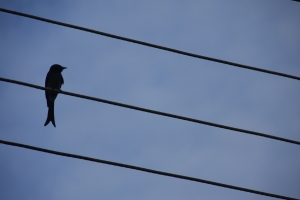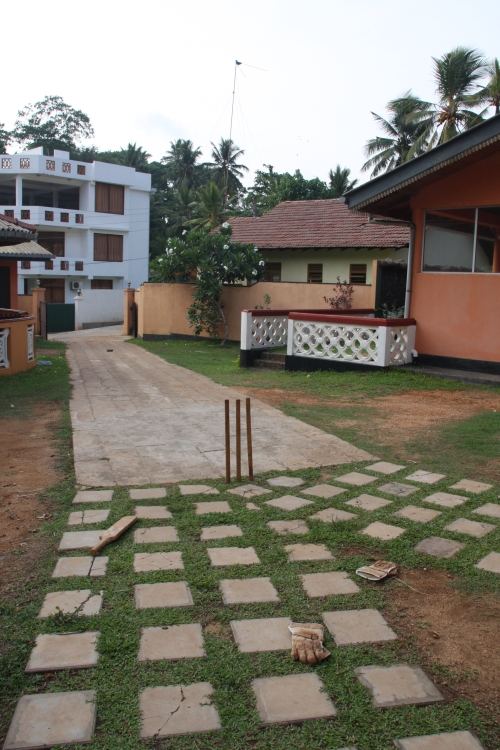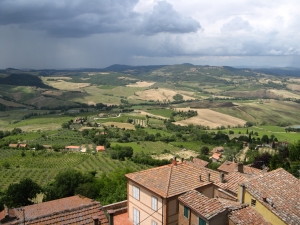A good leading line will attract the viewer's eye
A leading line in photography is a real line (A long wall for example) or an imagined one (Looking down at a row of umbrellas held by a group of people standing in line). The leading lines lead the viewer's eye to the object of the picture placed at the edge of these lines or at the length or width of the picture (the sight begins at one end and ends at the other). A leading line is used mostly in landscape shots, where a stream leads the eye from one corner to another, the sky leads the sight from end to end and so on. Leading lines can be straight, diagonal or a curving line.

How to use leading lines in photography 
You can divide the use of lead lines to several key ways:
- Using leading lines to lead the viewer throughout the picture - In this case, the line serves as an anchor that leads the viewer throughout the pictures. With the use of a leading line the viewer can see all the landscape you shot as his eyes go along with the clear skyline.
- Using leading lines to lead the viewer to the central object of a picture - The leading line can end right at the center of the main object of interest, just like a path leading to a house. In this case, the leading line doesn’t necessarily appear as the main interest of the picture, but more as a “guide line”.
- Using a leading line as a separator of two or more objects - Using a leading line as a separator allows you to produce a unique contrast between objects within the image. An example for that can be seen in this high wall across the picture: notice the children on the left, which seem happy while the other children stand and look sad. A leading line between different parts of the same picture, although it is clear that the picture itself is one entity, can add a spark of uniqueness.

The leading line in this picture leads the viewer from one side to the other, while telling the story of the boys who played cricket and suddenly left the game.
The use of a leading line in landscape photography

While taking a landscape picture try and look for a river, a dirt path, a row of houses etc.
If you choose to shoot landscape including a piece of sky - in most cases you can see a natural line formed between the sky and the ground. In many cases beginner photographers mistakenly devote half the frame to the sky and half for the land. In these cases, just as in the rule of thirds, the recommended partition is a third and two thirds.
Since the sky, even though they are a key element in our sight, are usually not as "interesting", it is customary to dedicate the top third to the sky and the remaining two thirds to the ground. In any case you find the sky dramatic or interesting (for example: contain an interesting object or cloud) you can dedicate two-thirds to the sky, stressing them out.